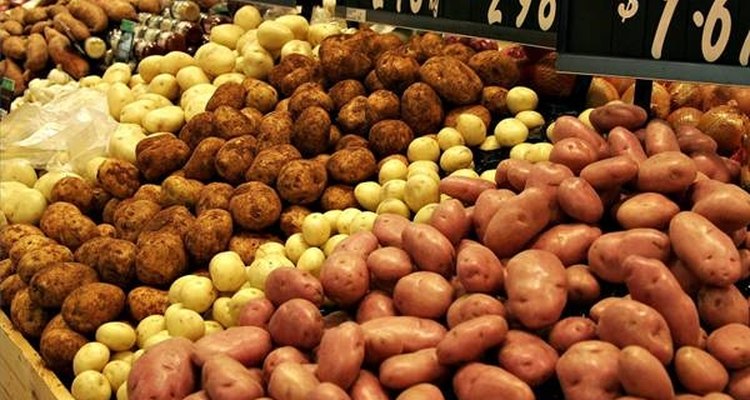
Fried potatoes are top choices for snacks and meals. A potato is usually fried by cooking potato pieces in hot oil. Potatoes are cut, chopped and fried as hash browns, french fries, steak fries, sliced potatoes and stir-fry cubes. Regional favorites are fried and seasoned with chili, cheese, garlic, rosemary or malt vinegar. The best potato for frying is usually a russet potato, but other potatoes have a place in the fry pan.
Types
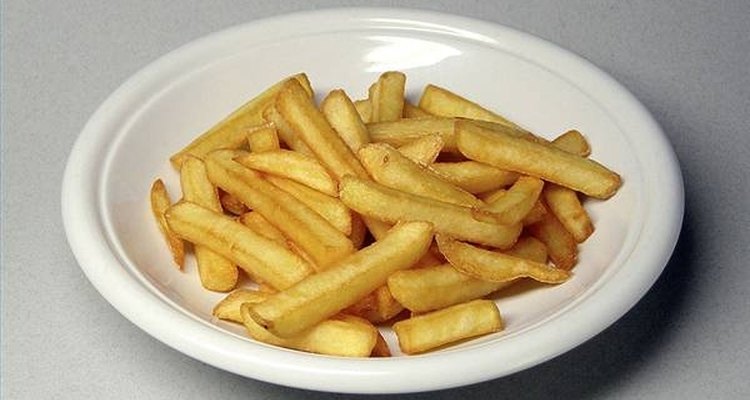
Russet potatoes are the top potato for french fries due to their high starch content. They hold their shape and make a crispy fry. The oval shape of the russet is good for making long french or steak fries. The famous Idaho potato favored by fast-food restaurants is a Russet Burbank. Other potatoes suited for pan frying include red potatoes, new potatoes and sweet potatoes. Their shapes are too short for traditional long fries but suited to pan fries.
Geography
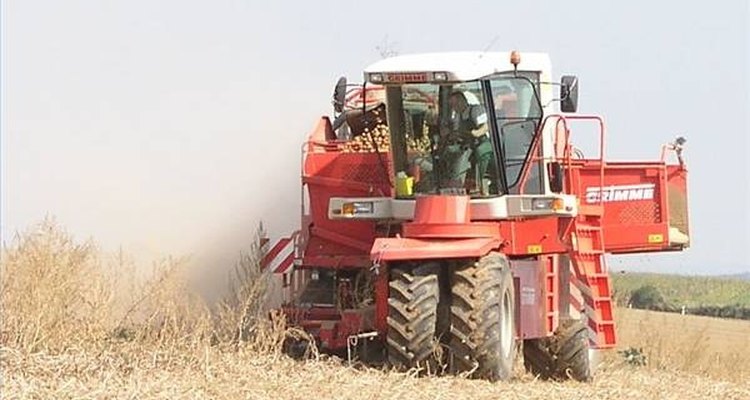
Potatoes are grown worldwide. They originated in the mountains of South America and grow best in a mountain plain. Potatoes do better with cool nights and warm days for the plants to develop starch in the tubers. High moisture content and a sandy loam soil allow the tuber to grow at a steady rate. Potatoes are easy to harvest and clean when the soil is light and does not stick to the mature vegetable. Idaho grows about a third of the potatoes in the United States.
Benefits
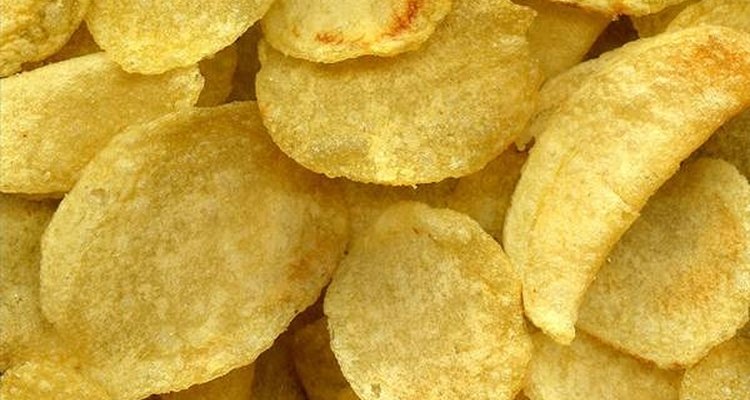
A basic potato is nutritious. It is high in fiber and potassium. A potato contains vitamin B6, iron and copper. The potato is low in calories and blends well with other foods and spices. The versatile potato is inexpensive and comes in a variety of sizes, colors and textures, and you can store it year-round.
Considerations
Sort potatoes and remove molding or sprouting potatoes. Store sorted potatoes in a cool, dark and well-ventilated area such as a potato bin or pantry. Refrigerator storage is not recommended as this can cause potato starch to turn into sugar. Remove or quickly use spongy or soft potatoes as they spoil quickly. Discard potatoes with green spots or greenish skin or remove these discolorations before cooking. The green areas may be mildly toxic.
Warning
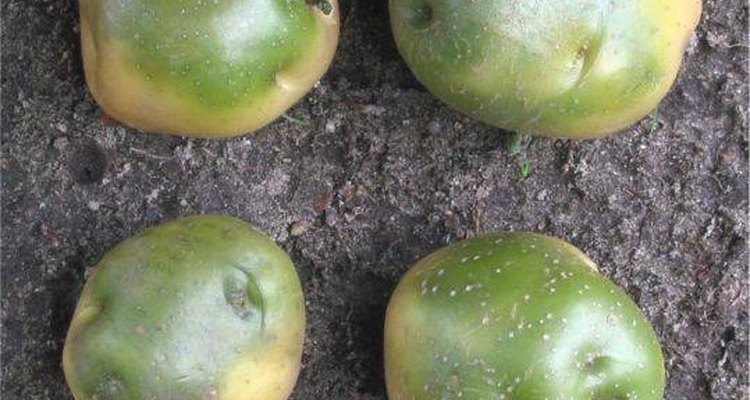
Green spots or green tint on potato skin can indicate chlorophyll or higher amounts of glycoalkaloids. Glycoalkaloids are natural toxic compounds that protect the potato against disease and insects. Potatoes usually contain low amounts of glycoalkaloids such as solanine and chaconine. The levels of glycoalkaloids may increase when the potatoes age, are damaged or exposed to light. In people, high levels of glycoalkaloids can cause headaches, diarrhea and more serious problems. Trim off green areas or peel potatoes to minimize exposure to these potential hazards.
Related Articles

Can You Store Potatoes in the ...
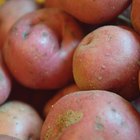
How to Cook Petite Red Potatoes
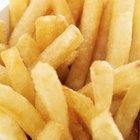
What Are Yellow Potatoes?

Can You Freeze Uncooked White Potatoes?

How to Cook Parisian Potatoes

The Best Potatoes For Shredded Hash ...

Do Frozen Potatoes Cook Well Once ...

List of Different Types of Potatoes

Do Yukon Gold Potatoes Store Well?

How to Cook French Fries on a Baking ...

Meals That Go Well With Baked Potatoes

How Long Do You Roast Potatoes & at ...
How to Boil Potatoes So They Can Be ...
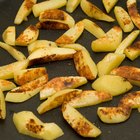
How to Sautee Potatoes
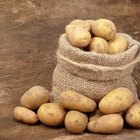
How to Cook Potatoes in the Broiler

How to Cook Small Dutch Yellow Potatoes

How to Make Potato Hamburger Soup
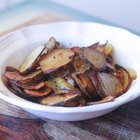
How to Fry Potatoes on the Stove

How to Smoke Potatoes
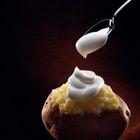
Can You Bake a Potato That Already Has ...
Writer Bio
Phyllis Benson is a professional writer and creative artist. Her 25-year background includes work as an editor, syndicated reporter and feature writer for publications including "Journal Plus," "McClatchy Newspapers" and "Sacramento Union." Benson earned her Bachelor of Science degree at California Polytechnic University.
Photo Credits
Courtesy of Wikimedia Commons, GNU Free Documentation License